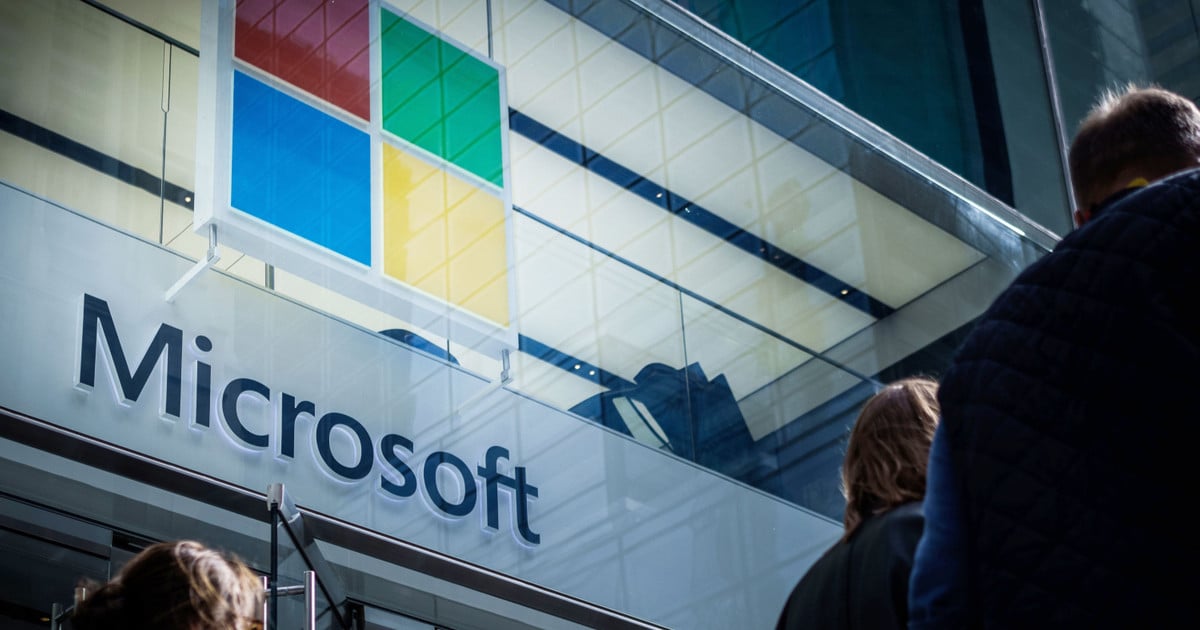

Quick iteration is definitely the big thing. (The eye is fun because it’s so “badly designed” - we’re stuck in a local maxima that just happens to be “good enough” for us to not overcome the big glaring problems)
And yes, if all the inputs are corrupted, the output will likely be too. But 1) they won’t all be, and as long as there’s a good mix that will “teach” the network over time that the difference between a “corrupted cat” and an “uncorrupted cat” are irrelevant, because both will have most of the same labels associated with them. 2) these tools work by introducing corruption that humans aren’t meant to notice, so if the output has the same kind of corruption it doesn’t matter. It only matters to the extent the network “miscorrupts” the output in ways we do notice enough so that it becomes a cost drag on training to train it out.
But you can improve on that pretty much with feedback: Train a small network to recognize corruption, and then feed corrupted images back in as negative examples to teach it that those specific things are particularly bad.
Picking up and labelling small sample sets of types of corruption humans will notice is pretty much the worst case realistic effect these tools will end up having. But each such countermeasure will contribute to training sets that make further corruption progressively harder. Ultimately these tools are strictly limited because they can’t introduce anything that makes the images uglier to humans, and so you “just” need to teach the models more about the limits of human vision, and in the long run that will benefit the models in any case.


If I thought that, I wouldn’t have emphasised the need to sort out the funding issue, and argued that just regulation will be insufficient to solve it.
I think it will cause a massive degree of upheaval. I don’t think regulation has any hope in hell of preventing upheaval significant enough that unless a solution is found to ensure better distribution of wealth it will cause violence and uprisings and governments to fall. Not necessarily in and of itself, but in accelerating a process of reducing the monetary value of labour.
I’ve not suggested anything of the sort.
How you can interpret anything I’ve written as suggesting I don’t think there will be problems is beyond me.
I’ve done no such thing.